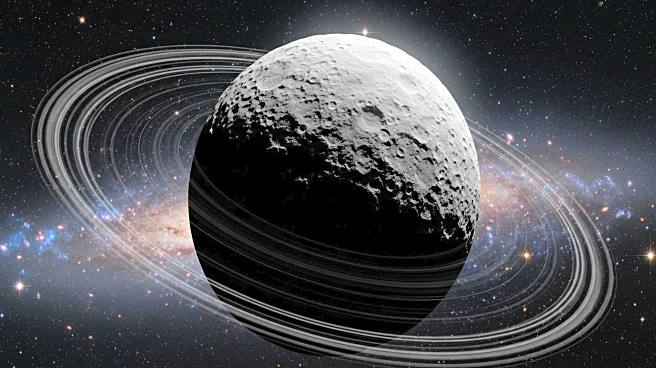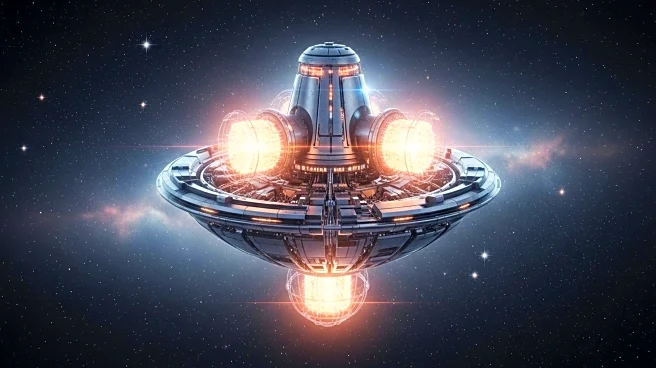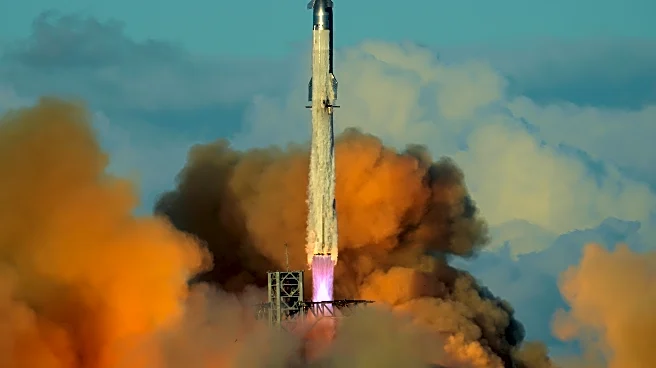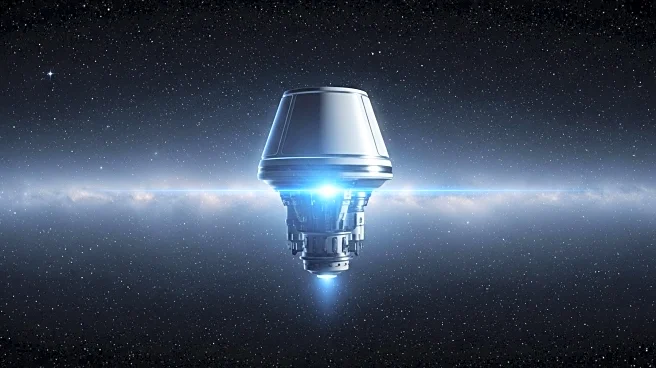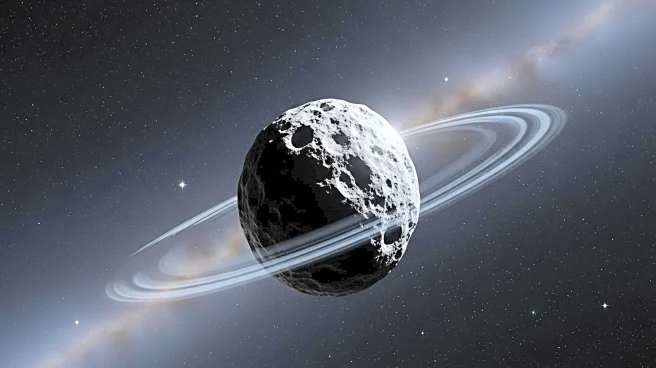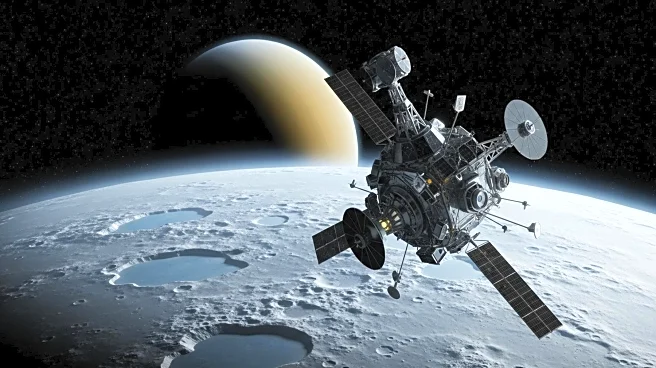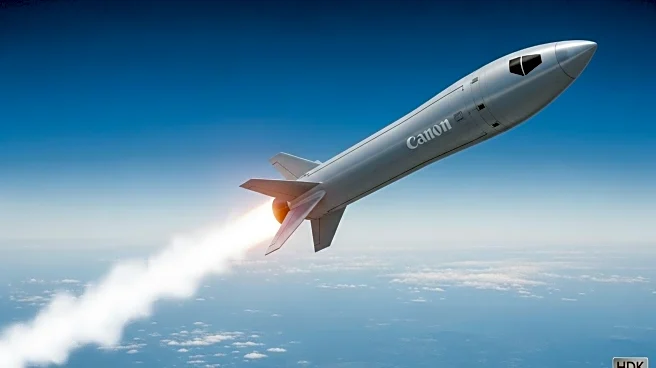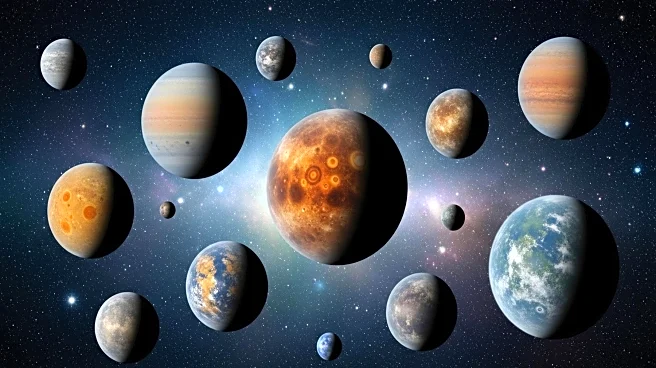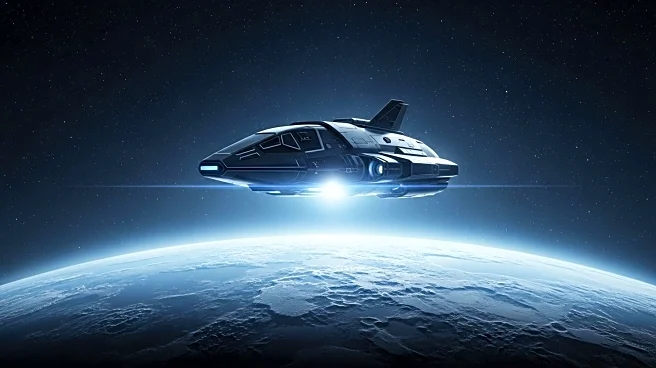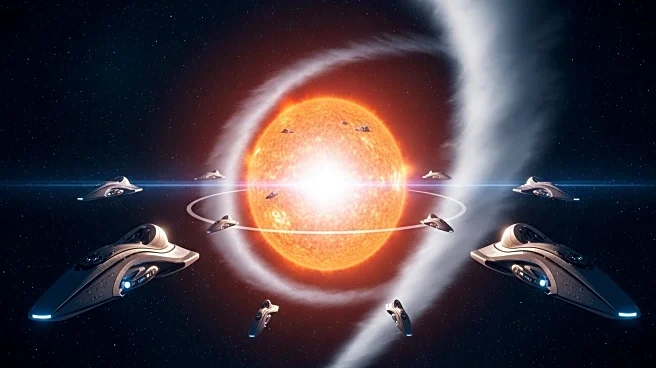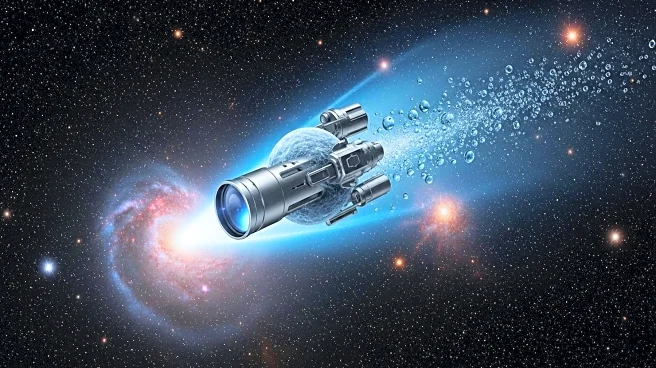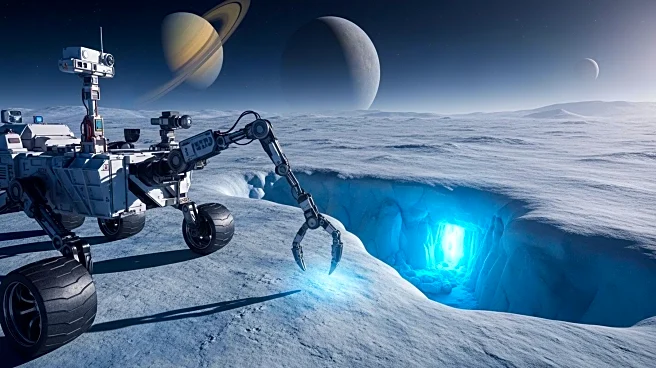What is the story about?
What's Happening?
Recent studies presented at the Europlanet Science Congress have provided new insights into how asteroids spin in space, which could be crucial for preventing potential Earth impacts. Researchers from the University of Tokyo and the University of Illinois have developed methods to understand asteroid rotation and identify safe impact sites for deflection missions. The studies utilize data from the European Space Agency's Gaia mission and NASA's OSIRIS-REx mission to analyze asteroid spin patterns and create probability maps for safe deflection.
Why It's Important?
Understanding asteroid spin and identifying safe impact sites are critical for designing effective deflection missions to prevent potential Earth impacts. These studies enhance our knowledge of asteroid behavior and structure, which is essential for planetary defense strategies. The findings could lead to safer and more precise deflection missions, reducing the risk of asteroids being redirected toward Earth. This research contributes to global efforts to protect the planet from catastrophic impacts and underscores the importance of continued investment in space exploration and defense technologies.
What's Next?
Researchers will continue to refine their models and apply them to larger samples of asteroids as more sky surveys become available. The development of probability maps for safe impact sites will guide future deflection missions, ensuring that asteroids are pushed away from Earth without entering gravitational keyholes. These efforts will be supported by upcoming observatories and advanced modeling techniques, enhancing our ability to predict and prevent potential asteroid impacts. The collaboration between international space agencies and research institutions will be crucial in advancing planetary defense strategies.
AI Generated Content
Do you find this article useful?
